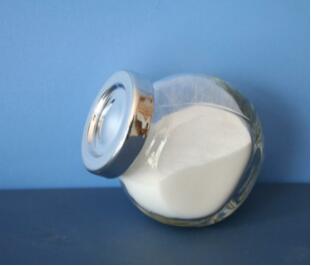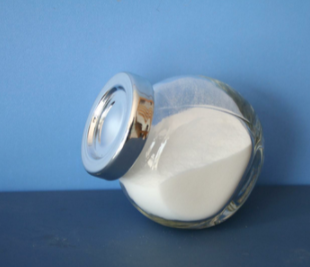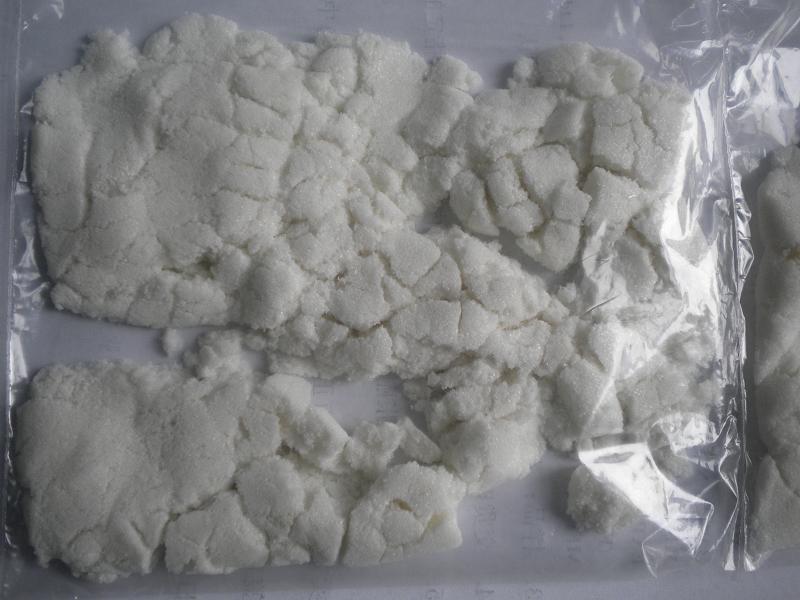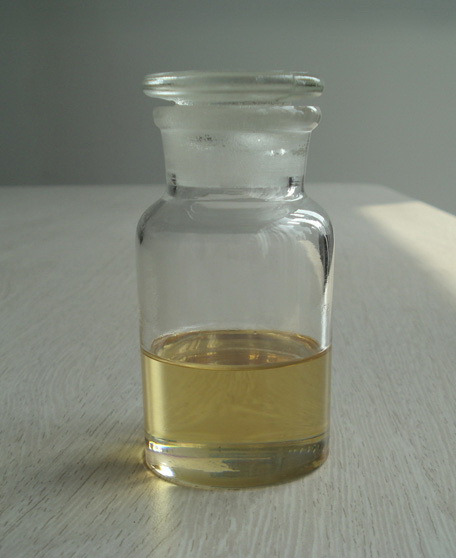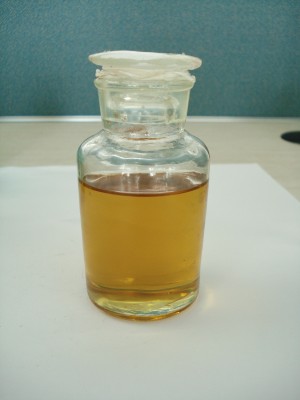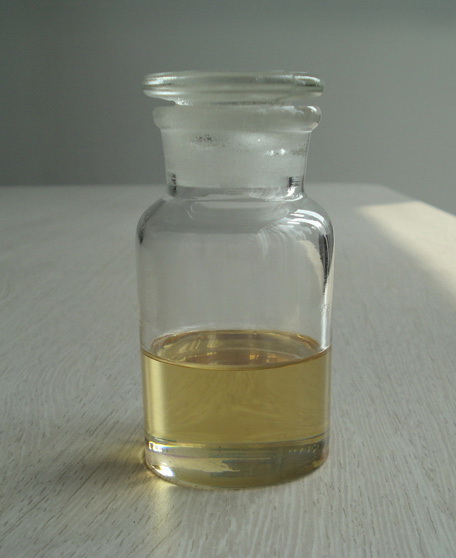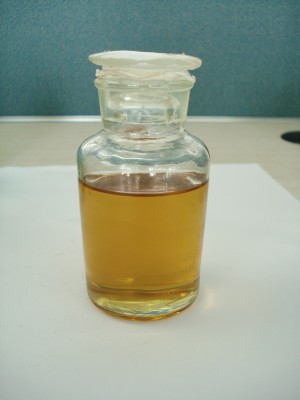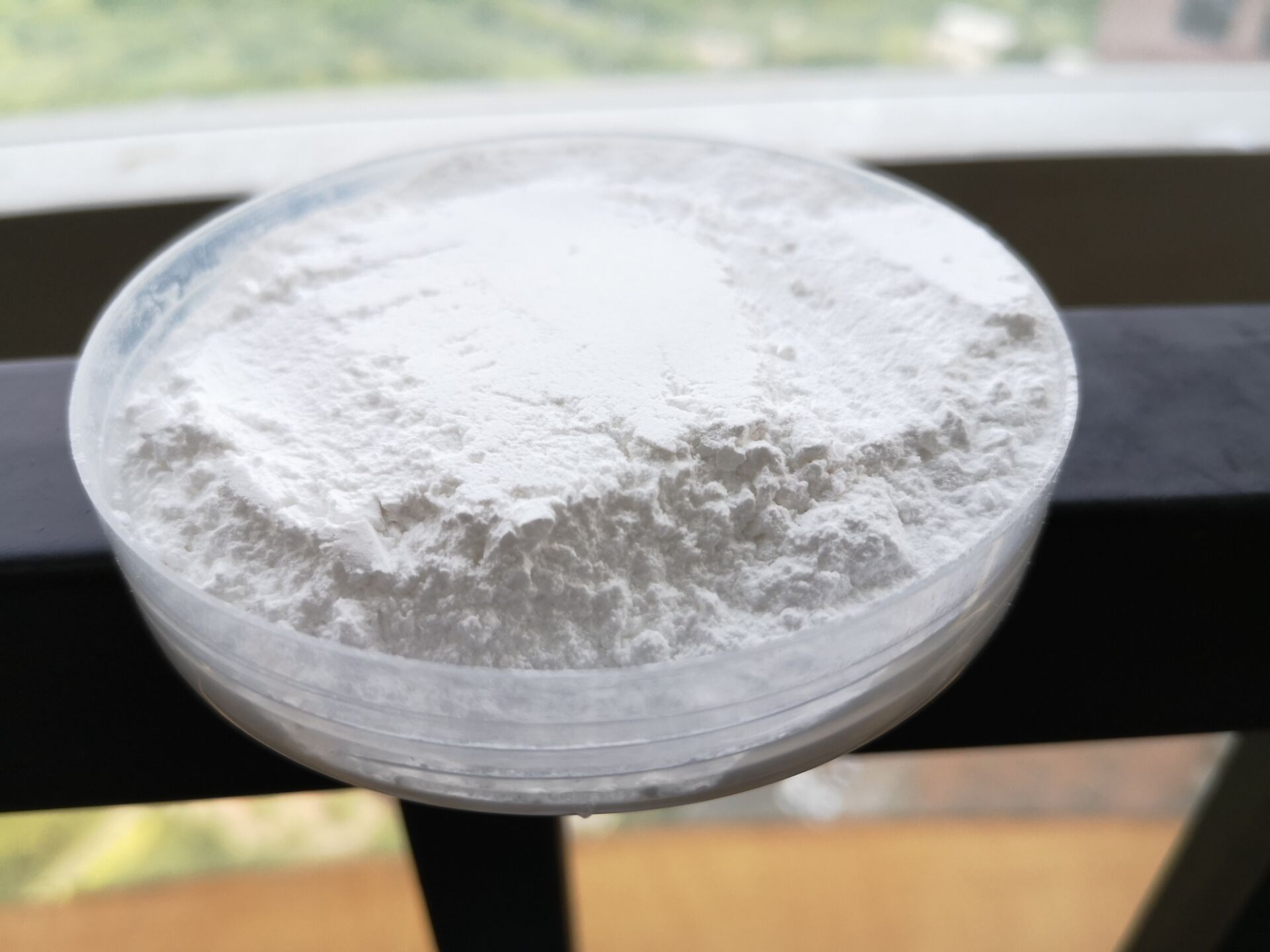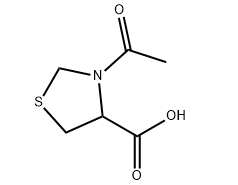| FLUDIOXONIL Usage And Synthesis |
| Description |
Fudioxonil is a synthetic phenylpyrrole-group substance. It is a kind of broad-spectrum, non-systemic fungicide, being used against Fusarium, Rhizoctonia, Alternaria and Botrytis cinerea. For dealing with the fungal diseases, it is usually applied in seed treatment as well as post-harvest treatment of fruits. Fudioxonil is effective in the treatment of many major seed diseases such as seedling blight, stem-base Browning, snow mould and common blunt. For post-harvest treatment, it can deal with Grey mould, storage rot, powdery mildew and black spot. It exerts its effect through interfering with the transport-associated phosphorylation of glucose as well as inhibiting glycerol synthesis, further inhibiting the mycelial growth. When used in combination with thiamethoxam and metalaxyl-M, fludioxonil can also be used for the treatment of pests such as peach-potato aphid, flea beetle and cabbage stem flea beetle. |
| background |
Fludioxonil is a non-systemic fungicide, introduced in 1993 by Ciba-Geigy (now Syngenta). It is used for the treatment of crops (particularly cereals, fruits and vegetables, and ornamental plants; often in combination with another fungicide such as cyprodinil). Brand names include seed treatments: Celest, Agri Star Fludioxonil 41 ST, Dyna-shield Fludioxonil, Maxim 4 FS, and Spirato 480 FS, as well as foliar applications: Switch (fludioxonil + cyprodinil) [1]. Fludioxonil is used against Fusarium, Rhizoctonia, Alternaria and Botrytis cinerea. |
| effect |
Its mode of action is to inhibit transport-associated phosphorylation of glucose, which reduces mycelial growth rate. |
| References | https://en.wikipedia.org/wiki/Fludioxonil |
| Uses | Fludioxonil is a nonsystemic phenylpyrrole fungicide structurally related to pyrrolnitrin. |
| Uses | Agricultural fungicide. |
| Uses | Fludioxonil is a non-systemic fungicide used for the seed treatment control of seedling blight, scab, brown root rot, ear blight, smut and leaf spots in cereals caused by Fusarium spp., Septuria nodurum, Tilletia caries, etc. It is also a contact fungicide controlling fruit rot, wood rot, stem rot and root rot in vines, fruits, field crops, vegetables and rice. |
| Definition | ChEBI: A member of the class of benzodioxoles that is 2,2-difluoro-1,3-benzodioxole substituted at position 4 by a 3-cyanopyrrol-4-yl group. A fungicide seed treatment for control of a range of diseases including Fusarium, Rhizoctonia an Alternaria . |
| Metabolic pathway | Limited data are available in the open literature. Information presented in this summary was abstracted from the data evaluation published by the Pesticide Safety Directorate (PSD, 1995). Fludioxonil is stable to hydrolytic and soil degradation. Oxidation and hydration of the cyano moiety was observed in and on soil surfaces and probably resulted from photolytic action to yield the corresponding amides and carboxylic acids. Extensive degradation occurred at the pyrrole ring in plants and animals, including hydroxylation and oxidation, followed by ring-opening. Modification of the benzodioxyl moiety was not observed. |
| Degradation |
Fludioxonil(1) is stable to hydrolytic degradation (up to 30 days at 25 °C) over the pH range 5-9. Fludioxonil degraded in pH 7 buffered solution when exposed to UV light generated by a xenon arc lamp with an estimated DT50 value of 10 days. The chemical nature of three major degradation products (each accounted ca. 15%) was not determined. |

